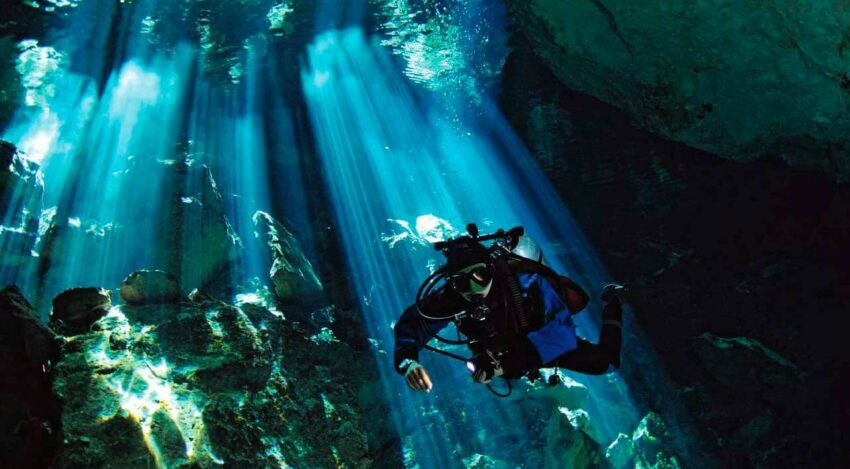The Basics of Diving Buoyancy Control

If you are a scuba diver, you appreciate the importance of understanding buoyancy not only for a better diving experience but also for your safety. This is one of the trickiest parts for learners but if you understand the basics, it becomes much easier to control your dive. Diving Buoyancy Control in the simplest terms means the tendency to float, sink or remain neutral. Here are some of the basics of buoyancy to help you become a better diver.
Main Diving Buoyancy Control Terms
- Positive buoyancy: Where a diver floats upwards or is able to remain floating on the surface.
- Negative buoyancy: Inability to float upwards or where a person sinks downwards
- Neutral buoyancy: Where a diver remains suspended in the water at a single depth
How Buoyancy Works
Any object or person submerged in water displaces an amount of water equal to their volume. The water around such an object will try to fill the space, which exerts an upward pressure or buoyant force. The Archimedes principle helps understand whether an object will sink or float; if weight of the object is higher than the buoyant force, it will sink and vice versa. In diving, the idea is to sink at the beginning of the dive and remain neutrally buoyant before ascending. Achieving this naturally is impossible hence the use of buoyancy control device (BCD) or inflatable jacket.
What Affects Buoyancy in a Dive?
- Your BCD helps control BCD underwater. When inflated, the amount of water displaced increases thus increasing buoyancy.
- Lead weights: These are used to overcome positive buoyancy during a dive and allow you to stay down.
- Exposure protection: The thicker your wetsuit the more the buoyancy hence the need for more lead weights.
- Dive gear: This includes scuba tank, fins, regulator among others. The more the weight of your dive gear the more your negative buoyancy hence the need to measure buoyancy in order to use the correct weights.
- Tank pressure: As you breathe more air from the tank, it becomes lighter thus increasing positive buoyancy. You have to weigh yourself to ensure you remain negatively or neutrally buoyant even at the end of the dive.
- Air in the lungs: To become negative buoyant, exhale before the dive to decrease the amount of water displaced in order to sink.
- Nature of water: A diver is more buoyant in salt water than in fresh water
- Body weight: The fatter the diver the more buoyant they will be.
Applying Diving Buoyancy Control
To apply these buoyancy concepts for your dive, inflate the BCD before diving so as to float. This ensures you confirm everything is in place before descent. Second, deflate the BCD to start descent and continue adding small bursts of air as you descend. At your desired depth, add air to achieve neutral buoyancy. You might need to deflate the BCD to compensate for the depleted air in the scuba tank. Finally to ascend, deflate the BCD and try to swim as opposed to floating. On the surface, inflate the BCD in order to float as you remove the regulator.
Go on and have fun using these buoyancy concepts while you diving with us!
